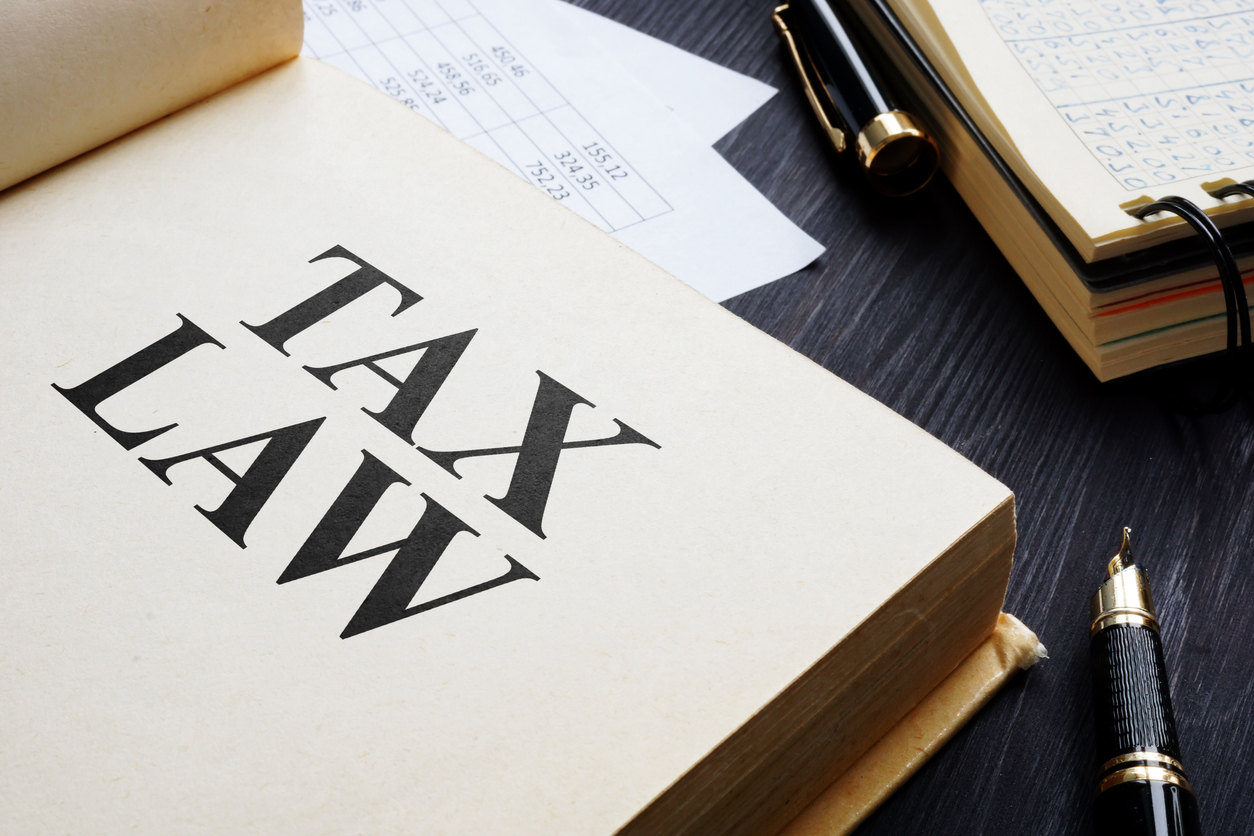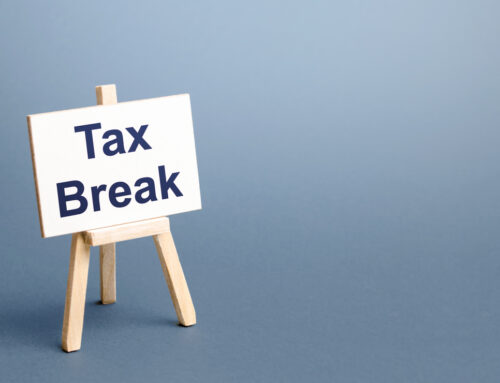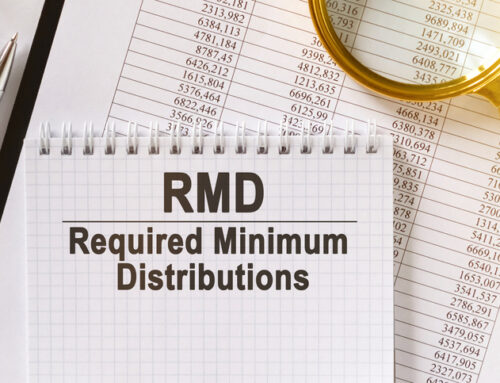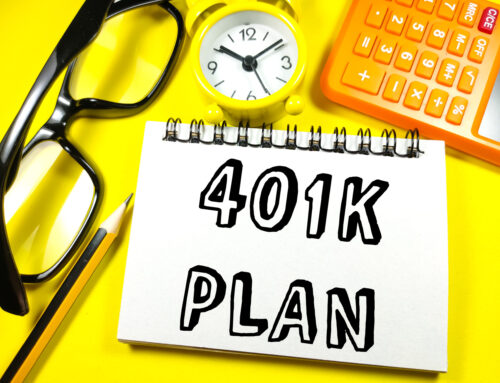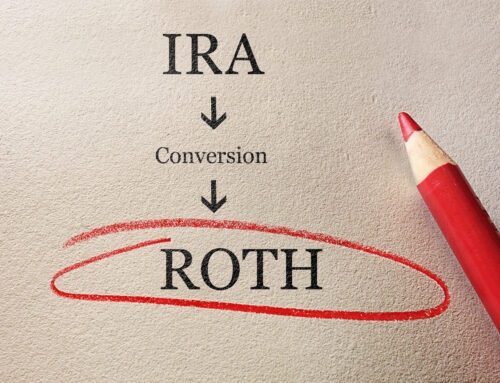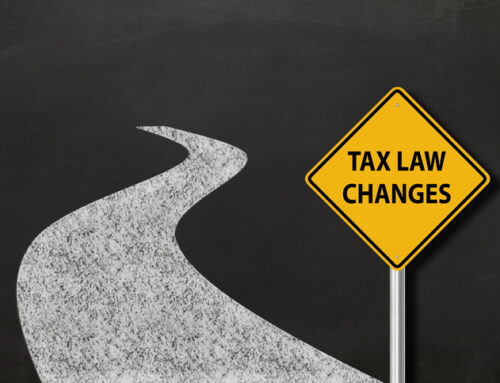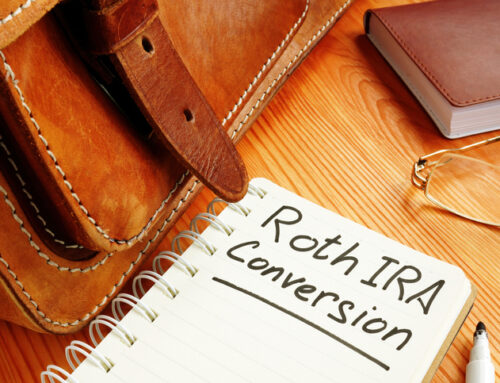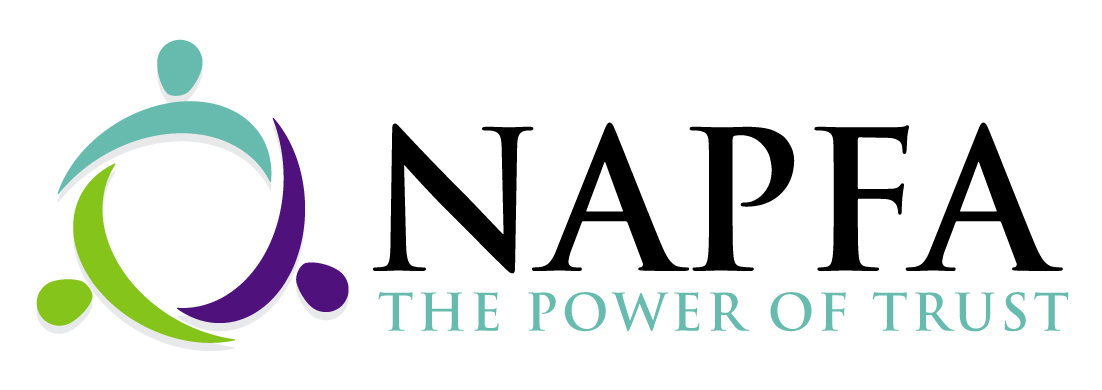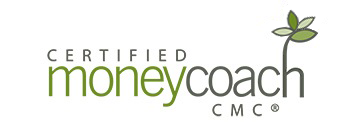The July 2025 signing of the new tax and spending law, H.R.1 One Big Beautiful Bill Act (OBBBA), preserved key elements of the 2017 Tax Cuts and Jobs Act (TCJA), as well as introduce many new tax policies. The bill has more than 800 pages (see final text), many provisions of which do not pertain to individual income taxes, therefore this article will attempt to highlight those that impact high-net-worth individuals.
Income tax rates
OBBBA permanently extended the reduced tax rates enacted by the TCJA, and all brackets continue to be indexed for inflation after 2025. The provision adds an additional year of inflation adjustment to the end of the 10% and 12% brackets (where the 22% bracket begins). This means that most taxpayers effective tax rates, the total percentage amount of tax paid on income, is slightly reduced because of being taxed a little bit more at the 10% and 12% rates and a little bit less at the higher rates. (Section 70101)
Standard deduction
The increased standard deduction created by the TCJA is now permanent and annually adjusts it for inflation. For the 2025 tax year, the standard deduction was modestly increased to $15,750 for individual filers/$31,500 for joint filers. (Section 70102)
Itemized deduction limit for top-bracket taxpayers
The new limitation only applies to high-income taxpayers in the top 37% tax bracket, which reduces allowable itemized deductions by 2/37 of the lesser of:
- The taxpayer’s total itemized deductions; or
- The amount by which their taxable income plus total itemized deductions exceeds the 37% bracket threshold (before applying the limitation).
(Section 70111)
SALT (State & Local Taxes) deduction cap
Effective 2025, the state and local tax (SALT) maximum deduction increases from $10,000 to $40,000, and increases 1% each year through 2029, however it phases out when modified adjusted gross income (MAGI) exceeds $500,000, which brings it back to $10,000 max. (Section 70120)
AMT (Alternative minimum tax) exemption phaseout thresholds reduced
Beginning 2026, the law includes changes that slightly increase AMT exposure. The AMT exemption phaseout thresholds will permanently revert to their 2018 levels ($500,000 single / $1 million joint filers), indexed for inflation thereafter. However, when the taxpayer’s AMT income exceeds the threshold amount, OBBBA doubled the AMT exemption phaseout rate from 25% to 50%. Which means once you reach that AMT income where the exemption begins to phase out, the taxpayer will be taxed at 1.5 times the AMT tax rate of 28%, which translates to a 42% marginal rate in that range. (Section 70107)
Increased estate and gift tax exemption
OBBBA permanently extends the estate and lifetime gift tax exemption and beginning in 2026, increases the amount to $15 million per person ($30 million for married filing jointly), indexed for inflation. For high-net-worth individuals, this is particularly good news as the exemption amount was set to be cut in half. As a result, this provides an opportunity to transfer significantly more wealth without incurring federal estate or gift taxes. (Section 70106)
Charitable contributions
For taxpayers who make qualified charitable donations, the new provision imposes a limit on donations for those who itemize, so they will not get their full benefit. Donors who list their charitable gifts on Schedule A will forego an amount equal to 0.5% of their adjusted gross income (AGI). For example, someone with $400,000 of AGI would receive no deduction for the first $2,000 of charitable donations. In addition, top-bracket taxpayers will only be able to take their itemized deduction at 35%, not 37%. An important note is the disallowance is a fixed amount for each year.
High-income taxpayers, particularly those who will regain the benefit from the expanded SALT deduction that begins in 2025, may want to accelerate contributions to maximize their charitable tax breaks, as the new law will not go into effect until the 2026 tax year. One consideration is to implement a donor-advised fund (DAF), which would allow a giver to contribute a large amount to receive the full deduction in 2025, and distribute smaller gifts from the account over time. Another idea is to implement “bunching” of charitable donations, which means you make one large donation in a single year instead of donations spread over several years. For example, let’s say you typically donate $30,000 per year, so consider donating $150,000 in 2025, qualifying for a larger itemized deduction in 2025. (Section 70425)
New eligible 529 plan expenses
Beginning in 2026, qualified expenses for 529 education savings plans will be expanded to include more K-12 and homeschool expenses, such as curriculum, books and instruction materials, tutoring costs as long as it’s someone outside the home and not a relative, standardized testing fees, college enrollment fees, and post-secondary credentialing expenses. (Sections 70413 and 70414)
Conclusion
The new tax and spending law effectively serves as a replacement of the Tax Cuts & Jobs Act of 2017, with some referring to it as ‘TCJA 2.0’. Provisions either permanently or temporarily extended aspects of the tax code, which helped make it easier to plan multi-year strategies, but ultimately it is not as radical a tax overhaul as we saw in 1986 and 2017.
OBBBA’s overall effect on high-net-worth individuals is more nuanced than the headlines suggested, but certainly the permanence of reduced income tax rates, expanded SALT deduction (at least for those under the $500,000 MAGI phaseout), and a larger estate and gift tax exemption are clear wins, offering opportunities to lock in long-term tax efficiencies. However, the law also includes targeted limitations designed to quietly raise revenue from top earners. The new itemized deduction cap for the 37% bracket, tighter AMT phaseout rules, and charitable contribution restrictions beginning in 2026 will erode some of the political fanfare. For those with significant exposure to these changes, the net impact may be modestly negative, particularly if they are already near or above the new income thresholds.
The key takeaway is that the difference between benefiting and losing under these rules will often come down to timing: making strategic moves in 2025 and structuring income, deductions, and gifts to align with the most favorable years. For high-net-worth households, this is a moment to revisit tax, estate, and charitable plans to ensure the law’s changes work for and not against them.

